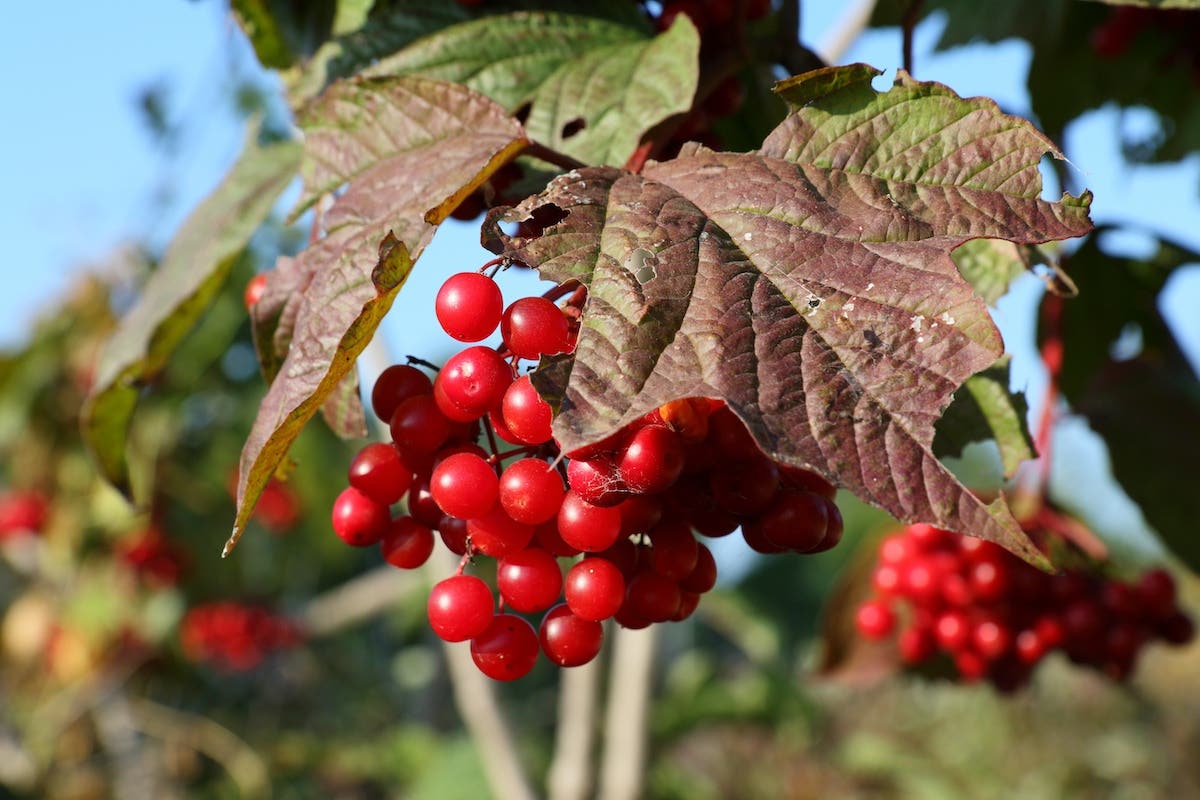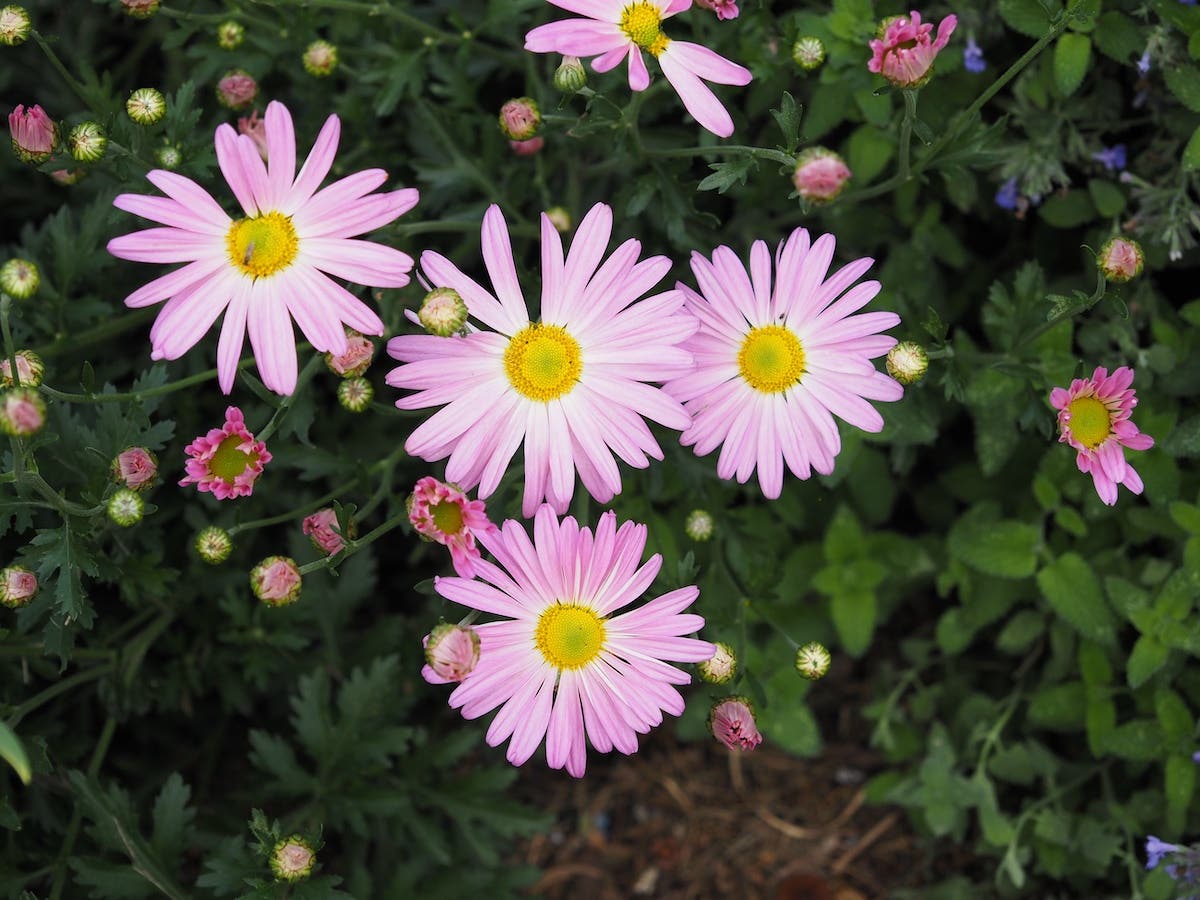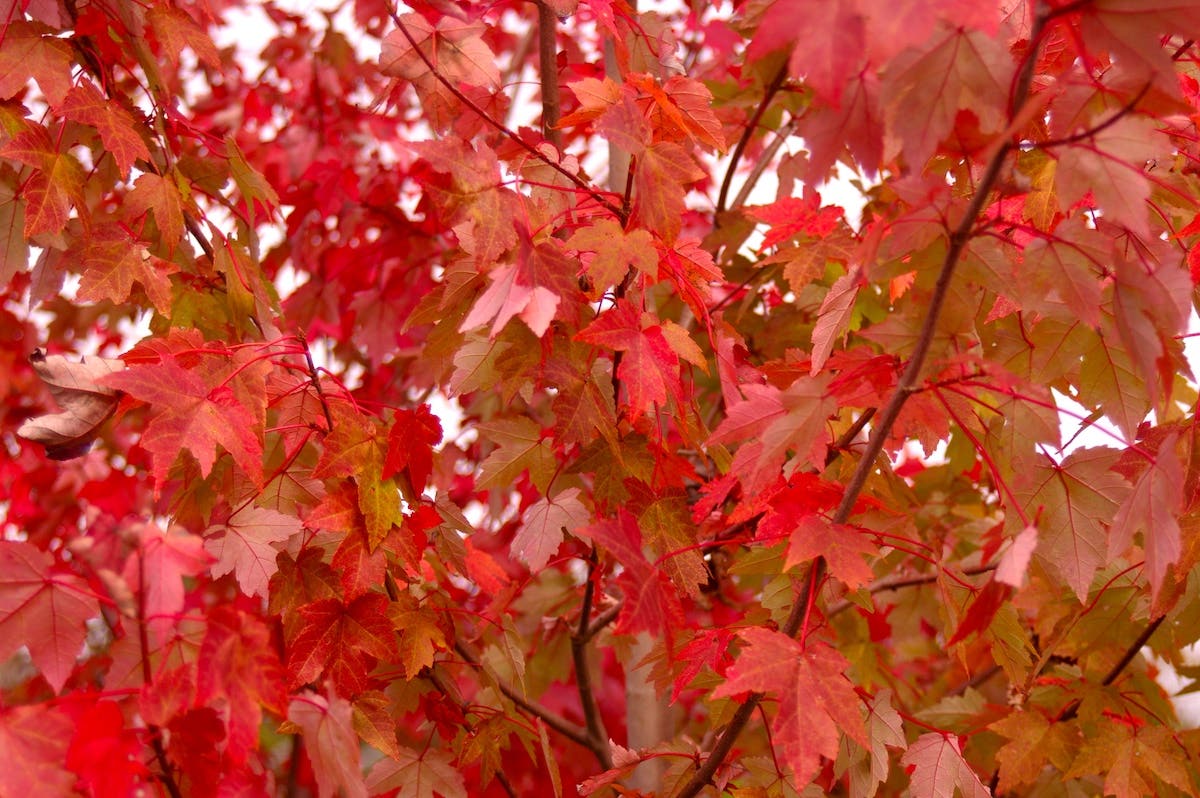Vegetable Varieties that Offer the Most Plentiful Harvest
Whether your garden is large or small, getting the most from it makes the time you spend all the more rewarding. There are a number of techniques you can use…
Whether your garden is large or small, getting the most from it makes the time you spend all the more rewarding. There are a number of techniques you can use to increase your harvest, but you can also do this by simply planting vegetable varieties that give you more. Here are some examples:
1. “Cut and come again” veggieswill continue to produce for you until they bolt or are killed by frost. All leafy greens such as lettuce, spinach, chard, arugula and kale fit into this category. Mache is a wonderful green that can really take cold weather and still continue to be harvested. If the heat is more what you are concerned about, choose varieties that can handle that better. ‘New Zealand’ or ‘Red Malabar’ spinach, neither a true spinach but a good substitute, can take the hot weather longer. A bonus is that ‘Red Malabar’ can also be grown vertically.
2. Grow varieties that are more prolific. Whether they are hybrids, heirlooms or open-pollinated, look for terms describing their ability to produce more fruit. For example, adjectives such as “abundant,” “prolific,” “high yielding,” as well as variety names, can indicate they will produce more. Cultivars recommended for market growers are often good choices.
3. Save space by growing compact veggies. There are cucumbers that can be grown in hanging baskets and many hot peppers do better in a container. This can free up space for the veggies that need it.
4. Grow what you can enjoy more of. You can eat the tops of many veggies long before the main part of the plant is harvested. Some examples would include garlic scapes and flowers, onion tops and the leaves of sweet potatoes, beets and turnips. Male squash flowers offer pollen for the female flowers, and then soon drop off the plant. Before that happens you can harvest them to enjoy stuffed or battered and fried.
5. Grow plants that give you options. ‘Black Valentine’ beans (pictured) can be eaten as a fresh green bean or the seeds can be shelled and dried for soup. ‘Tatume’ zucchini can be enjoyed young or allowed to grow a harder rind and harvested as a winter squash instead. There are carrot varieties that can be enjoyed as baby carrots or allowed to get bigger.
When the temperatures drop and the snow comes down here in the Northeast, we find it’s a great time to snuggle up with a hot beverage, a warm quilt, a highlighter marker and a stack of seed catalogs. You can learn a lot about gardening that way, and get more produce in the process.
Gardening Jones is a master gardener in Pennsylvania. Learn more at her blog.







